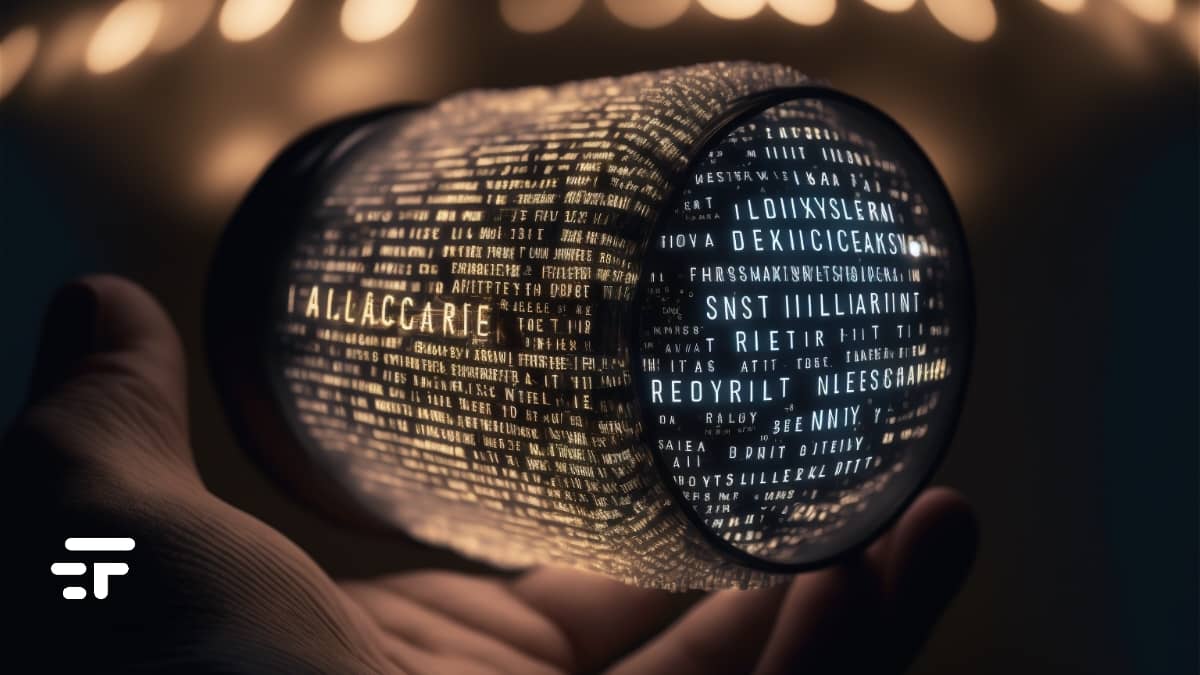With the advent of artificial intelligence and algorithms such as Chat GPT there has been a boom in “automated” content seemingly indistinguishable from that written by humans. For many it's a big problem, whether it's understanding whether the content you consume is truly original, or protecting your work from possible plagiarism. This is where it comes in GPZero, the app developed by a computer science major at Princeton University.
This algorithm, according to its creator Edward Tian, is able to quickly and effectively determine whether an essay, article or any other text was written by ChatGPT or by a human being. If you want to try it, it is available online at this address.
GPTZero, is the "fun" already over?
ChatGPT is increasingly popular for its ability to generate consistent content on any topic. Just provide it with a small suggestion, such as “Write a summary about the landing of the Thousand”, and the algorithm will be able to provide a text in a few seconds. According to the Wall Street Journal, investors are so interested in the technology that the company behind ChatGPT, OpenAI, may soon receive purchase offers worth $29 billion.
However, there is also concern that the app could be used to flood the web and school tests with "robot" content: the problem is very serious. To the point that in the next 3 years 90% of the contents on the net could come from machines, and schools in cities like New York they already block web access to ChatGPT.
Thanks to Tian and GPTZero, teachers around the world could now have another tool to fight "scams" and stratagems that exploit artificial intelligence.

How GPTZero works
Tian's app can analyze any content. To do this, it takes two factors into consideration. First, evaluate the “perplexity” index of a text: texts written by people tend to be more unpredictable than those generated by bots.
The second parameter considered is the “break”, or variance: Human texts don't tend to have too many repeating patterns.
Low “perplexity” and “breaking” ratings for GPTZero could equate to the text being generated by a machine.
Now what?
Currently, about 20.000 people (including yours truly) have tested the beta version of GPTZero: many teachers applaud the technology, and find the system works well, says Tian.
Who knows what the students think.
There's no doubt about it: artificial intelligence and language models like GPT-3 I'm here to stay. However, tools are needed to manage this revolution well, and allow people to understand the origin of content.
GPTZero is only the first of these. Probably, the "controllers" (always entrusted to artificial intelligence) will improve in parallel with the generative algorithms, in a battle that will also end up improving the quality of the texts themselves. People will not just use those generated by a machine, but will refine them to give them a human touch. And machines (maybe) will learn to build content that seems more and more original.
The fight is only just beginning.


